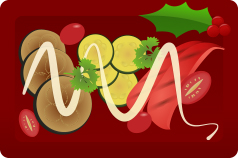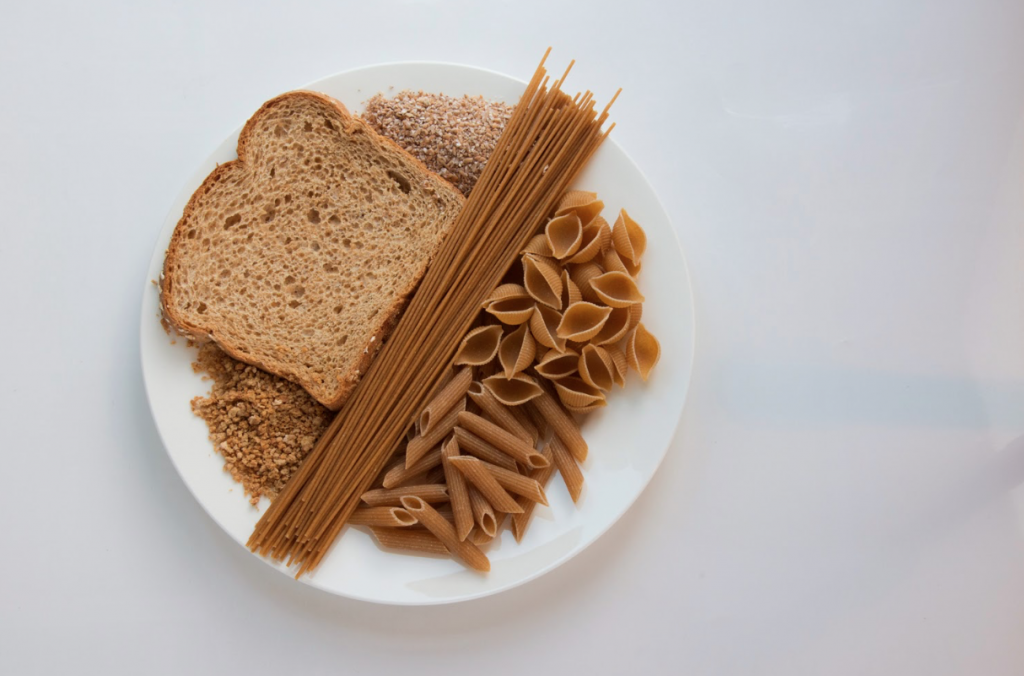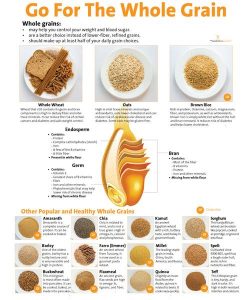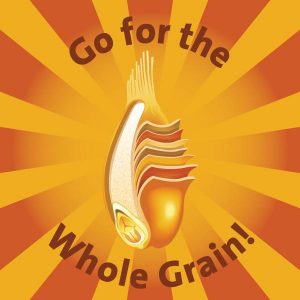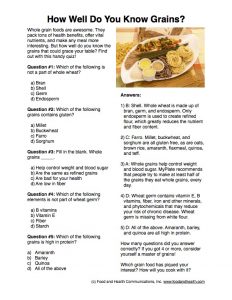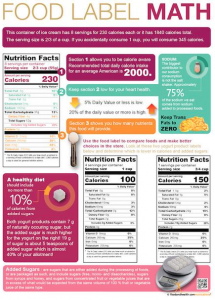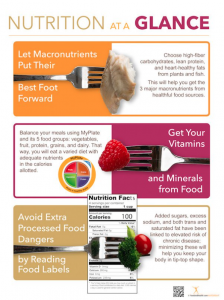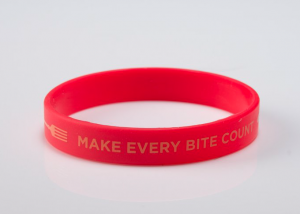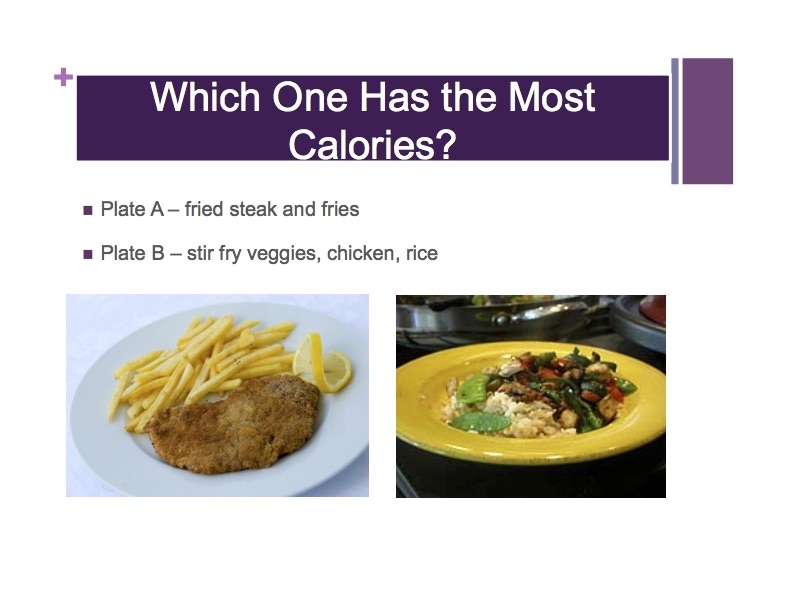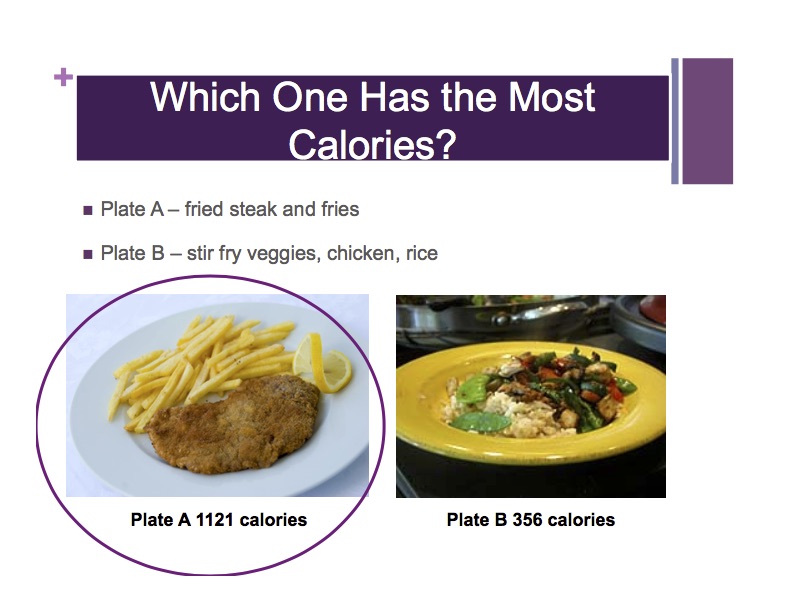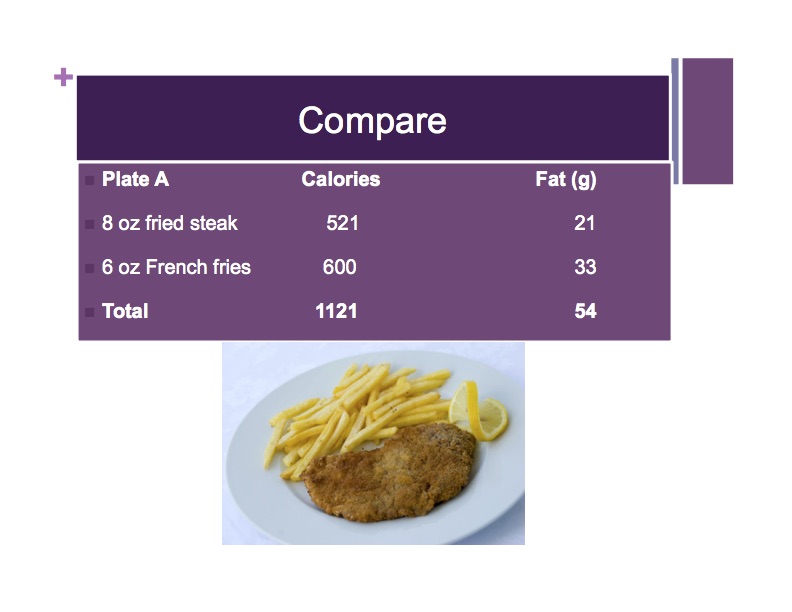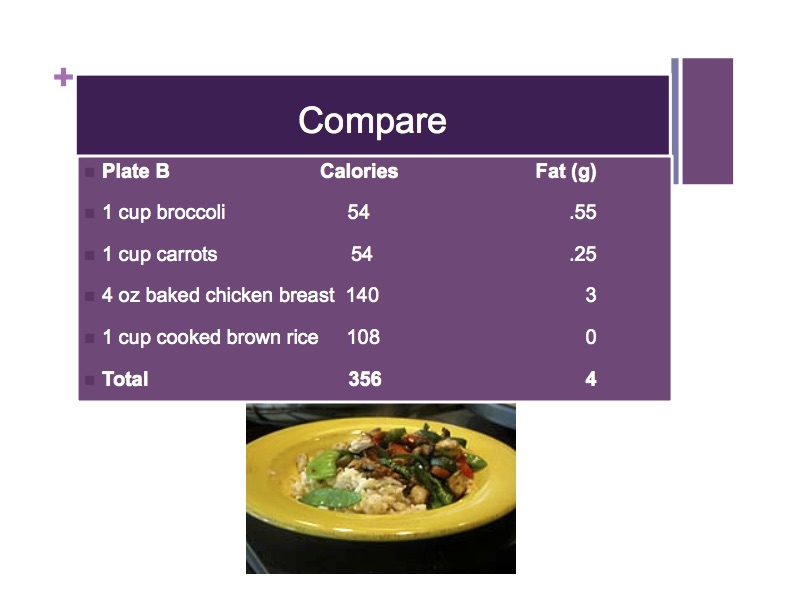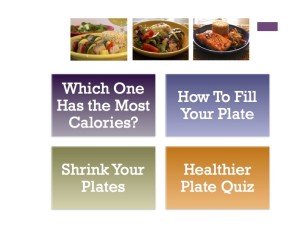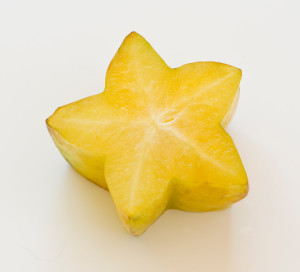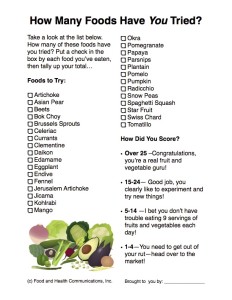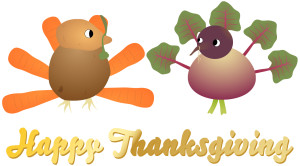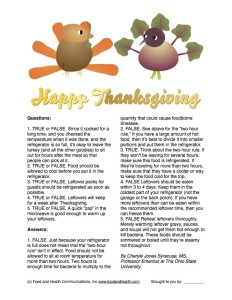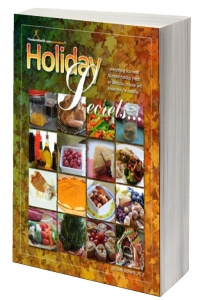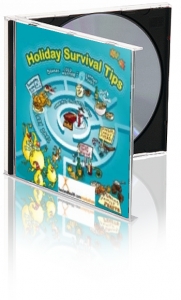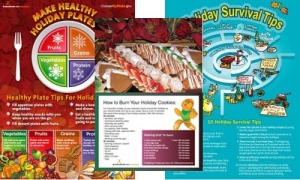Basic nutrition pre/post-test
- A healthy, balanced diet includes these three major nutrients (macronutrients):
a. calories, fat, carbohydrate
b. carbohydrate, protein, fat
c. protein, fiber, fat
d. calories, water, fiber
e. I don’t know - Which foods provide more of the essential nutrients that we’re often lacking?
a. fruit, vegetables, and protein shakes
b. seafood, whole grains, and gluten-free foods
c. fruit, vegetables, whole grains and seafood
d. I don’t know - Bread, cereal, fruit and vegetables are the best source of which important nutrient?
a. protein
b. fat
c. carbohydrate
d. water
e. I don’t know - Chicken, legumes (dried beans and peas), fish, soy foods and eggs are a good source of which nutrient?
a. protein
b. fat
c. carbohydrate
d. water
e. I don’t know - Which foods are part of the dairy group?
a. milk, eggs and cheese
b. milk, cheese and yogurt
c. soy milk, eggs and cheese
d. I don’t know - Use these plate proportions for healthy meal planning:
a. ½ protein, ½ vegetables
b. 1/3 protein, 1/3 vegetables, 1/3 fruit
c. ½ vegetables and fruit, ¼ protein, ¼ whole grains
d. I don’t know - Which nutrient has the most calories per gram of weight?
a. carbohydrate
b. protein
c. fiber
d. fat
e. I don’t know - Which type of fat helps promote a healthy heart and cardiovascular system?
a. saturated
b. trans
c. mono-unsaturated
d. partially hydrogenated
e. I don’t know - Healthier types of fat are typically:
a. liquid at room temperature
b. solid at room temperature
c. I don’t know - Which food components provide little nutritional value and can be harmful when we eat too much?
a. salt, sugar, saturated fat
b. sugar, cholesterol, whole grains
c. salt, cholesterol, fiber
d. I don’t know - Which of the following are sugar-sweetened beverages that provide little to no nutritional value?
a. 100% fruit juice
b. 100% vegetable juice
c. fruit juice drinks
d. I don’t know - Which type of grain is the healthiest and contains the most natural nutrients?
a. enriched grains
b. refined grains
c. multi-grains
d. whole grains
e. I don’t know - What percentage of our grain intake (bread, cereal, rice, pasta, crackers) should be whole grains to support overall good health?
a. 25%
b. 50%
c. 75%
d. 100%
e. I don’t know
Resources:
Dietary Guidelines for Americans. http://www.health.gov/
Choose My Plate. USDA. http://www.choosemyplate.gov




